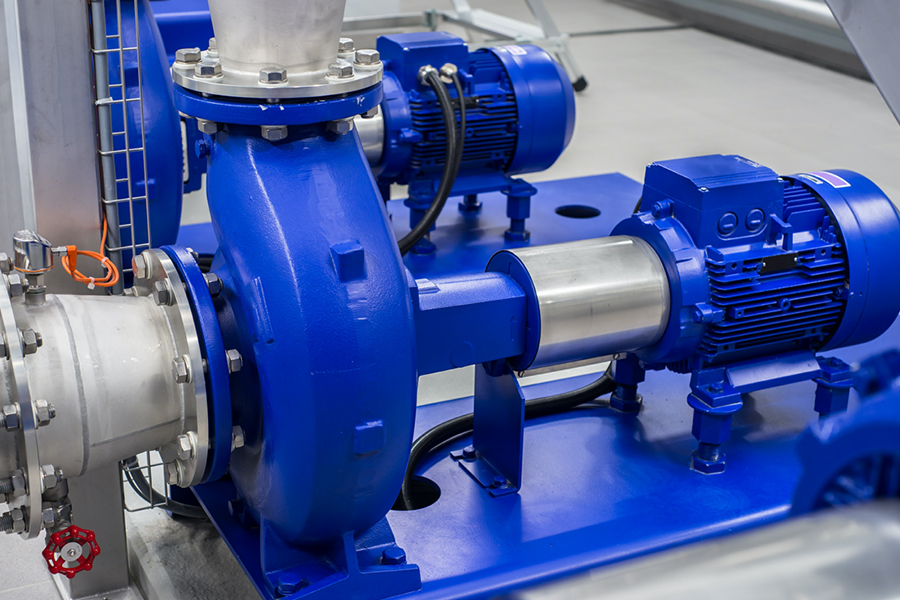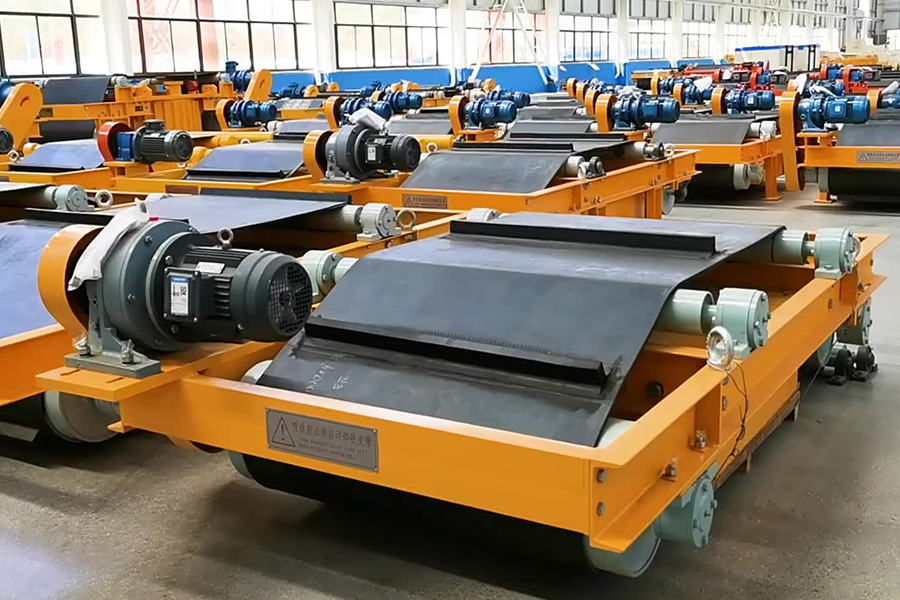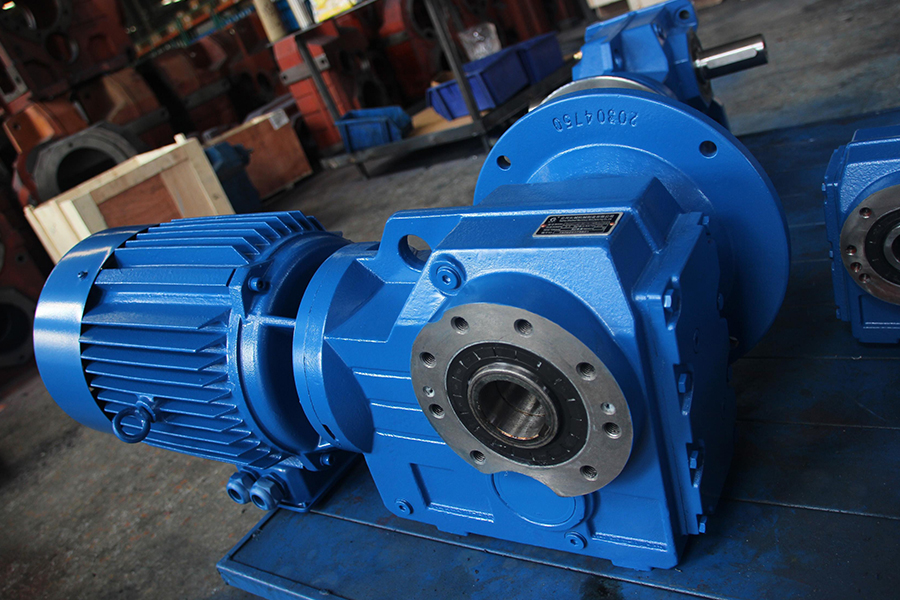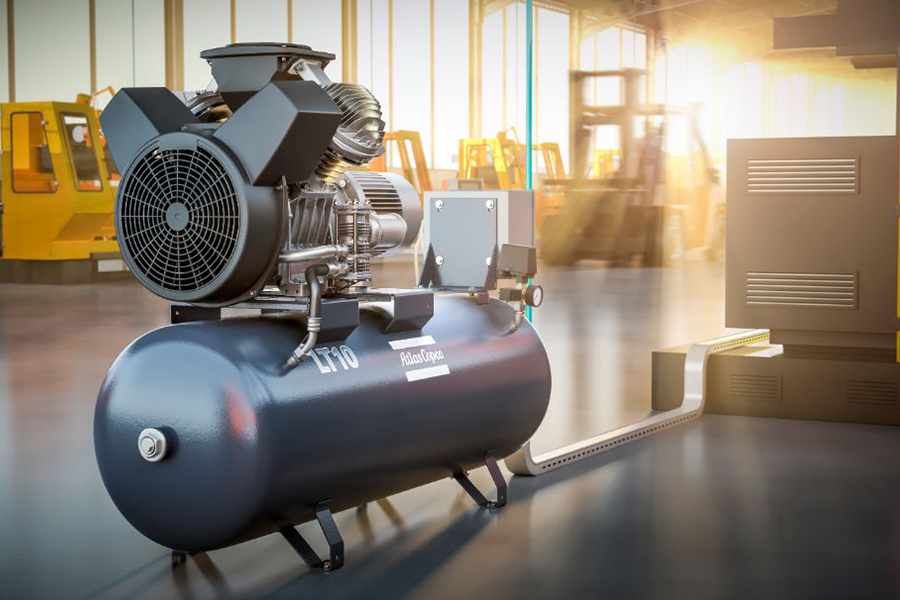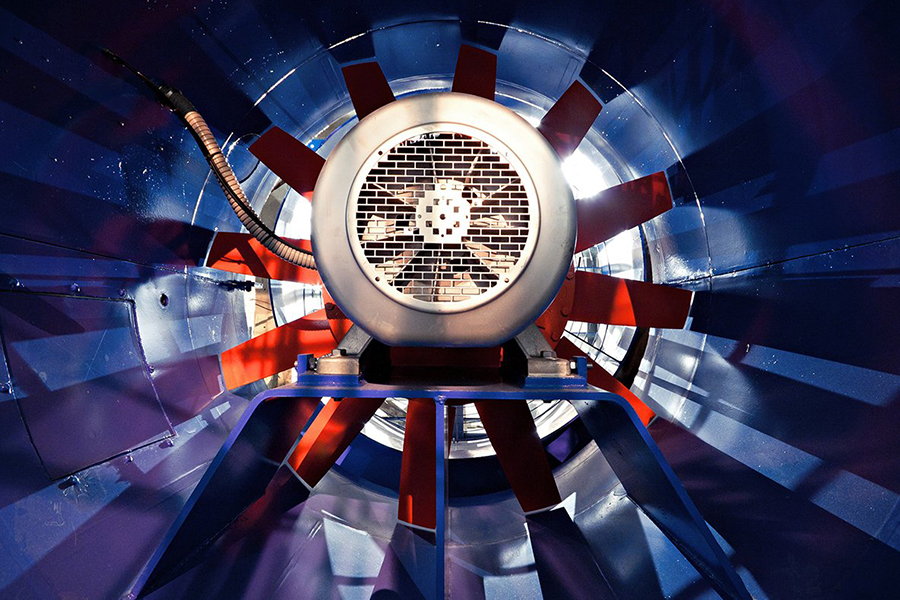In many industries, the need for efficient and versatile machinery has driven the demand for multi-speed motors. Unlike single-speed motors, multi-speed motors allow for variable speeds, enabling greater control and flexibility in a wide range of applications, from household appliances to large-scale industrial automation systems. For B2B procurement teams, understanding these motors' functionality and benefits can streamline sourcing decisions and improve operational efficiency.
How Multi-Speed Motors Work
Multi-speed motors typically operate by altering the number of pole pairs in the motor windings, allowing for different speeds in response to specific operational needs. For example, a two-speed motor may operate at low and high speeds by changing pole pairs, while a multi-speed motor can have three or more speed settings.
The common type of multi-speed motor is the asynchronous motor (also known as an induction motor), widely used by asynchronous motor manufacturers due to its efficiency and reliability. Asynchronous motors rely on the principle of electromagnetic induction, where speed control is achieved without direct electrical connections to the rotor. These motors offer benefits like low maintenance and extended durability, making them a popular choice across industries.
Advantages of Multi-Speed Motors over Single-Speed Motors
While single-speed motors are often cost-effective and simple, multi-speed motors offer distinct advantages, particularly in industrial and commercial environments:
Energy Efficiency
Multi-speed motors allow machinery to operate only at the speed required for specific tasks, reducing unnecessary power consumption. This adaptability leads to significant energy savings over time.
Extended Equipment Lifespan
Since multi-speed motors enable varied speed levels, they reduce the wear and tear associated with constantly running equipment at full speed. This results in less mechanical stress on components, helping extend the lifespan of the equipment.
Enhanced Precision and Control
Multi-speed motors provide a greater degree of control over operations. For instance, in a production line, the ability to adjust speed can be critical for precision, ensuring output and minimal errors.
Lower Noise Levels
Operating at slower speeds reduces motor noise, a valuable feature for environments where noise control is crucial, such as office buildings or residential areas.
Applications of Multi-Speed Motors
Given their versatility, multi-speed motors have a broad range of applications, from home appliances to industrial automation systems. Below are some examples highlighting their varied uses.
1. Household Appliances
Home appliances often require different speeds to meet user preferences or functional demands. Multi-speed motors are commonly found in washing machines, fans, and air conditioners, allowing users to control and adjust settings according to their needs.
Air Conditioners: Multi-speed motors in air conditioners enable variable fan speeds, which help maintain desired room temperatures efficiently without excessive energy use.
Washing Machines: In washing machines, the motors allow multiple spin speeds for different fabric types, offering both gentle and high-speed washing options.
2. Industrial Equipment
In industries, asynchronous motor manufacturers design multi-speed motors to provide efficient solutions for various equipment used in production lines, conveyor systems, and more.
Conveyor Systems: Many conveyor systems rely on multi-speed motors to control speed according to production demands. This adaptability allows conveyor speeds to be increased or decreased based on the production load, reducing downtime.
Machinery Tools: Multi-speed motors in industrial machinery enable operators to vary speeds for tasks like cutting, grinding, or shaping materials. This flexibility allows for precision and control, reducing material waste and enhancing output quality.
3. Automation Systems
Automation systems often require varying speeds and performance levels to respond to different operational demands. Asynchronous motor manufacturers play a critical role in supplying multi-speed motors for these applications, as their design is ideal for the consistent, variable speeds required.
Automated Manufacturing Lines: Multi-speed motors allow manufacturers to adjust equipment speed based on the complexity and size of components being assembled, optimizing efficiency.
HVAC Systems in Industrial Settings: Multi-speed motors are valuable in HVAC systems where different air flow rates are needed at various times. By adjusting fan speeds, facilities can improve climate control and reduce energy costs.
Industry Trends and Market Potential
The demand for energy-efficient, reliable, and adaptable equipment is growing, with asynchronous motor manufacturers playing a crucial role in meeting this demand. Multi-speed motors have become increasingly popular as businesses look for ways to enhance efficiency while reducing operational costs. This trend is expected to continue, with sectors like home automation, manufacturing, and energy management driving growth.
As more industries adopt automation and energy-saving practices, the market for multi-speed motors is likely to expand, offering procurement teams a valuable opportunity to source equipment aligned with these trends. The technology continues to evolve, with manufacturers focusing on further innovations in motor design to improve efficiency, reduce noise, and increase control options.
Sourcing Tips for B2B Buyers
When purchasing multi-speed motors for commercial or industrial use, B2B buyers should keep several key factors in mind:
Evaluate Brand Reputation and Manufacturer Reliability
Choosing reputable asynchronous motor manufacturers ensures product reliability and quality. Well-established manufacturers typically provide better warranties and support, ensuring long-term value for B2B buyers.
Check Product Specifications and Compatibility
Verify that the motor's specifications match your equipment needs, including power ratings, speed settings, and compatibility with existing systems. Investing in versatile, high-quality multi-speed motors ensures adaptability for future projects.
Consider After-Sales Support
After-sales support is vital, especially for B2B buyers who rely on uninterrupted equipment functionality. Confirm that the supplier offers support services, such as maintenance and repair, to help avoid unexpected downtime.

 English
English 中文简体
中文简体 عربى
عربى



